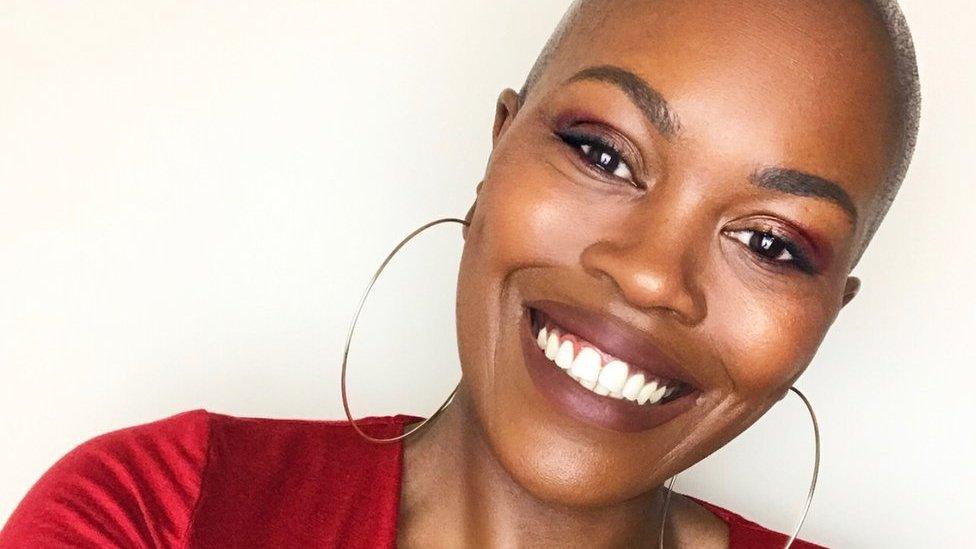What can these caps tell us about children and race?
- Published
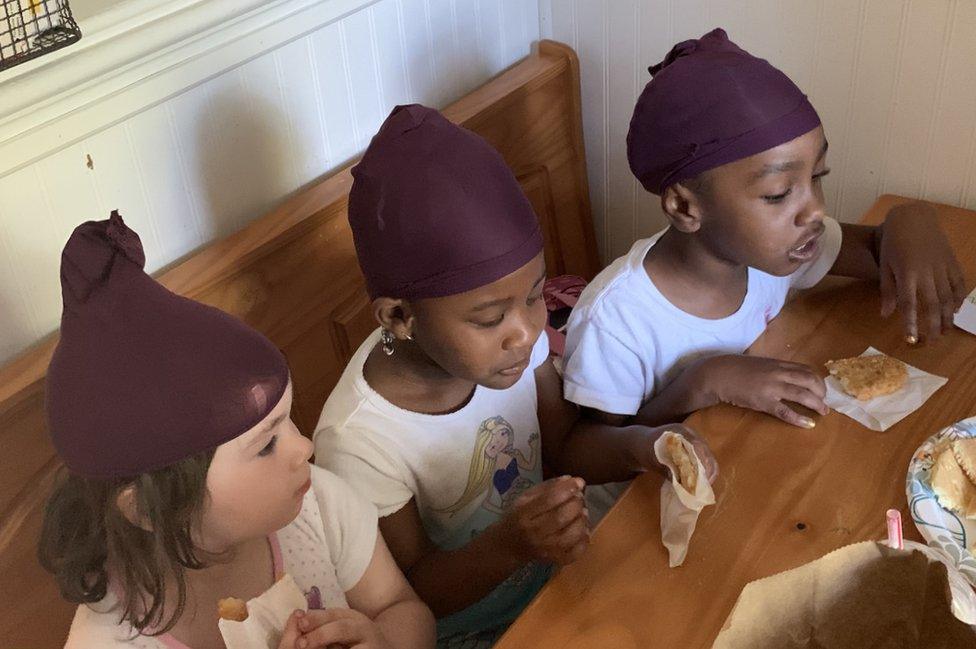
Ella Higgins-Redmond, Ziva Battle and MaKenna Boyd (L-R) were celebrating MaKenna's birthday when this picture was taken
An image of a child's fifth birthday celebration wouldn't normally light up the whole internet so why has one dad's photo sparked conversations about race and colour-blindness?
Michael Boyd posted an image, external on Facebook of three young girls captioning it with a heart, a smile and a laughter emoji, and the words: "When you leave your white child with black parents".
The photo shows his daughter MaKenna, together with his girlfriend Dominique Battle's daughter Ziva, four, and family friend Ella, three, sitting happily eating together.
But it's the purple stocking caps on each girl's head that's led to people applauding the parents of each child for being "wholesome and inclusive".
Mr Boyd, of Norfolk, Virginia, had taken his daughter MaKenna to have her hair braided the day before to mark her birthday.
"We are African-American and so to protect her hair overnight, I cut a pair of stockings and made her a cap.
"They were all eating breakfast and, of course it wouldn't be fair to not put one on Ziva's hair to protect it. And then it felt like they should all be treated equally, so I put one on Ella's hair too. I know that generally with a Caucasian child, you can comb their hair and they are good to go, but I thought why not."
Sisters
Ms Battle took the picture which Mr Boyd then shared - making sure to tag three-year-old Ella's parents - Tom Higgins and Bernard Redmond.
But while Mr Boyd thought that the friends and family of the children involved would enjoy the photo, he was surprised by how much attention it has received. Mr Higgins and Mr Redmond, who are also MaKenna's godparents, are delighted at the positive nature of the comments.
Mr Higgins said: "The girls treat each other as sisters. Ella would have wanted to be like her sister - so we weren't surprised with the picture."
And Ms Battle said: "I thought it was hilarious. They include each other in everything that they all do."
On Mr Boyd's Facebook alone, he's received more than 7,000 reactions, while the image of the children wearing the caps - or durags - has been shared directly 21,000 times.
Cooper Stevenson, from Bermuda, is among those who saw the picture Mr Boyd had taken and felt compelled to share his experiences growing up and becoming more aware of race.
He posted on Reddit: "I went to a majority black school as a kid, and when my sister Katie was born I told my teacher I was excited to find out if she was going to be black or white."
Mr Stevenson, whose family is white, said he was six when this happened. He told the BBC: "The picture caught my attention because that was my experience as a kid - we would have play dates with kids from other races, and at that age we have no concept of any of that. So I shared my story as that was in the same vein."
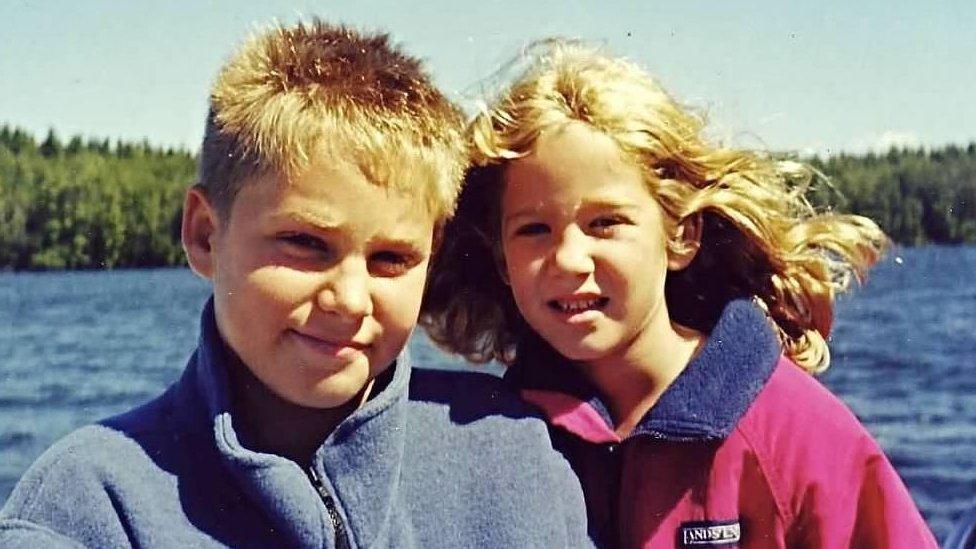
Cooper Stevenson didn't realise his sister would be white when she was born
'But you're pink'
Alicia Adams was also moved enough to share her story with Redditors about life growing up in Des Moines, Iowa.
She said: "I went to a very mixed race school (I am white) and I can remember learning what race was. I had three black friends named Antoinette, Tenisha, and Deserie and when I told some rambling story about them to my parents, my parents asked if they were black, and I was thinking like, paint can black, so I said 'No? they're brown' and my parents explained to me that when people are pale like us, we're called white, and if they're darker like my friends, then they're called black.
"So when I asked Antoinette and Tenisha if they were black, they hadn't had this talk yet either, and looked at me like I was an idiot and said 'no, we're brown' and I told them what my parents had said about them being black and me being white, and one of them said 'but you're pink'. I have naturally ruddy skin that blushes easily, so they weren't wrong..."
She said that it took years before she realised her parents hadn't made the whole thing up about people being called black and white.
Professor Rachel Berman from Ryerson University in Toronto is an expert in early childhood development. She said children understand fairness and unfairness and it is important for families to have conversations with their children about race and differences.
"Children don't exist in a bubble. Research shows there is a pro-white bias from a young age but parents and teachers can play a significant role in promoting positive identities."
She was intrigued by Mr Boyd's picture and said: "White culture is so dominant that often people don't think about when black children go to a white person's house and what they come across there. But here we have a picture of three young girls wearing durags."
She added that the virality of the post and people using it to share their memories of becoming aware of race could be in reaction to the highly charged political environment currently in play.
But Mr Higgins, who, together with Mr Redmond, adopted Ella as a newborn, said he didn't know if he would be able to protect his daughter from being aware of racism and prejudice in America and beyond as the girls grew older.
"We will teach them that diversity should be embraced. There's nothing wrong with someone being different - these are the things that make us stronger.
Mr Boyd said that after reading the comments on Reddit, his heart felt very warm. "In the current climate we need to see the good in people - and that is love regardless of race, gender and sexual preference."
- Published5 March 2019
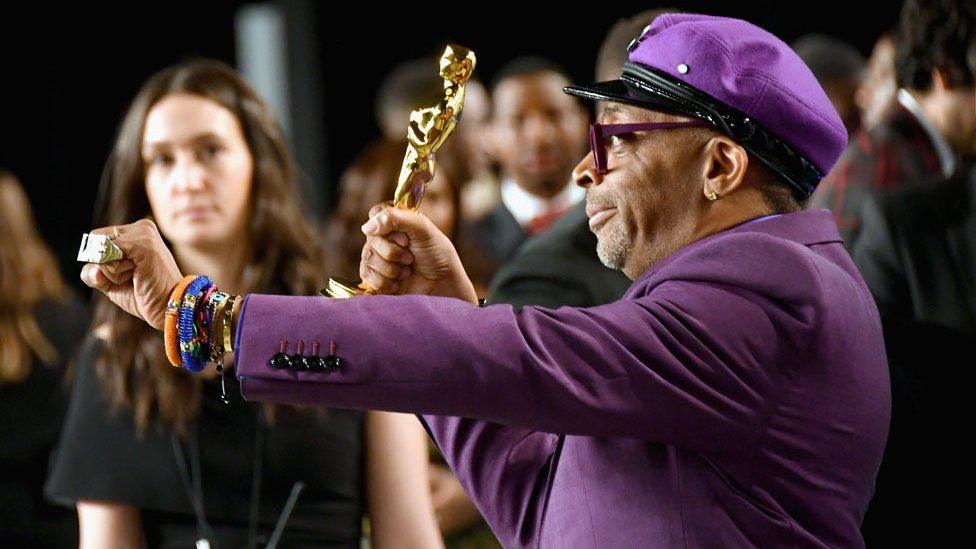
- Published8 October 2019
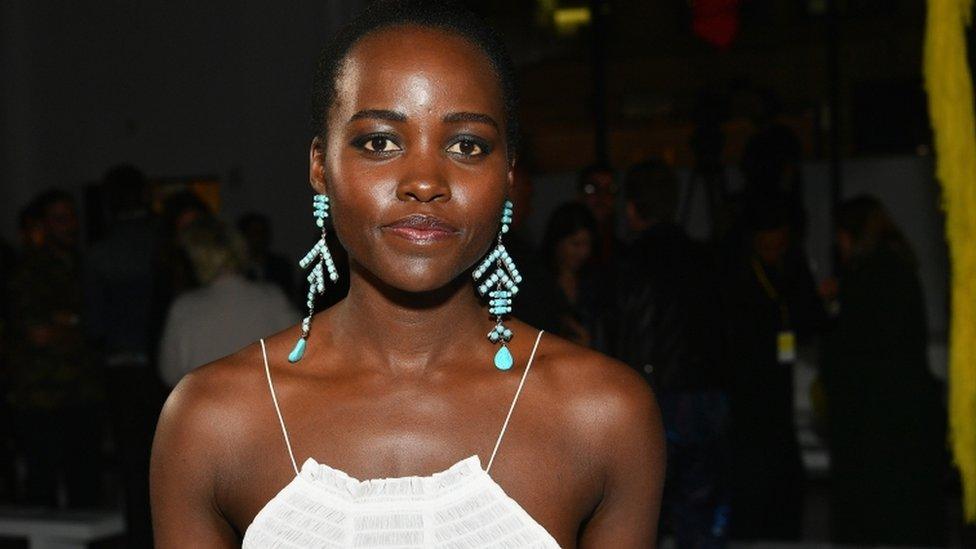
- Published19 December 2018
